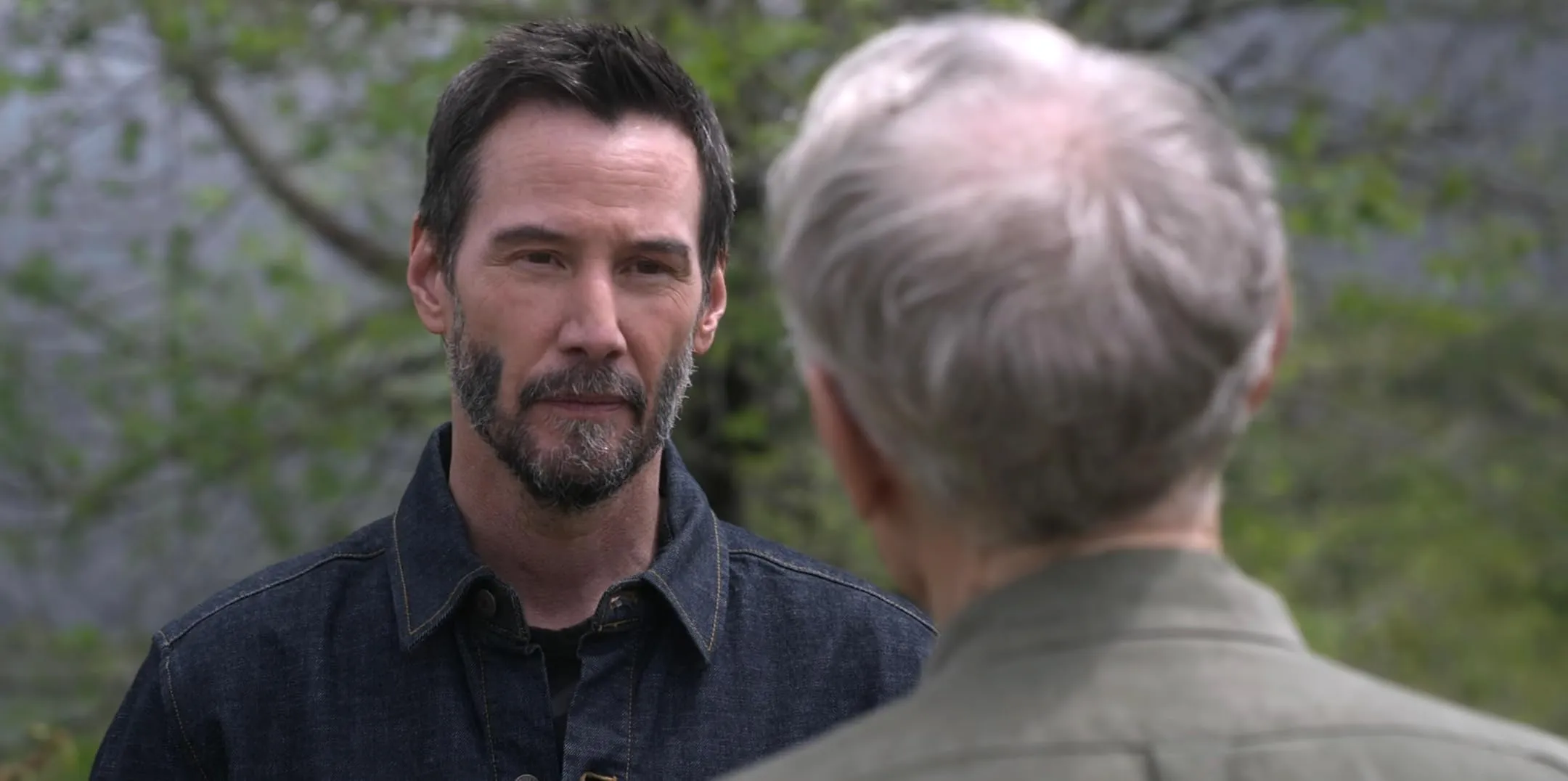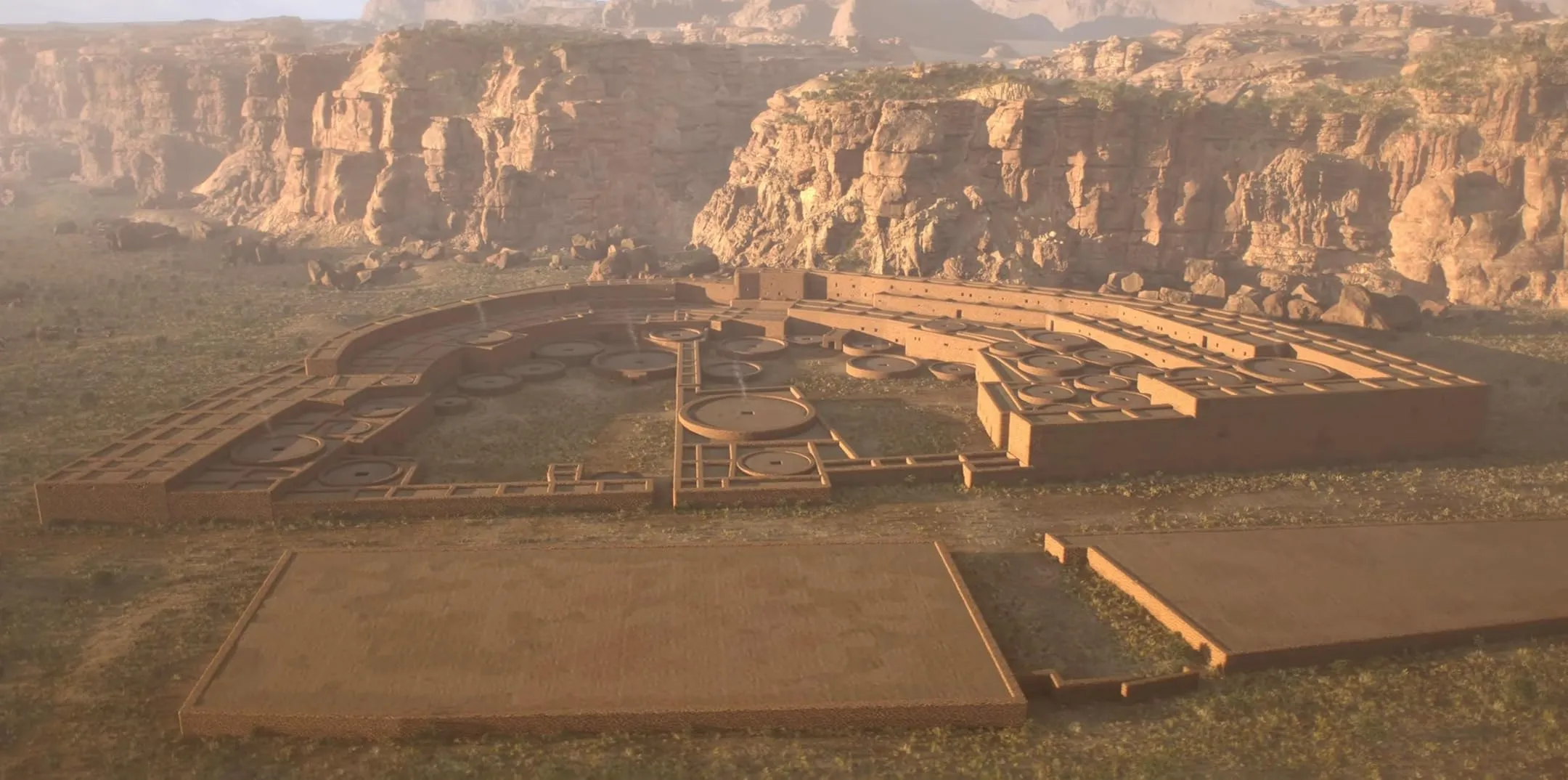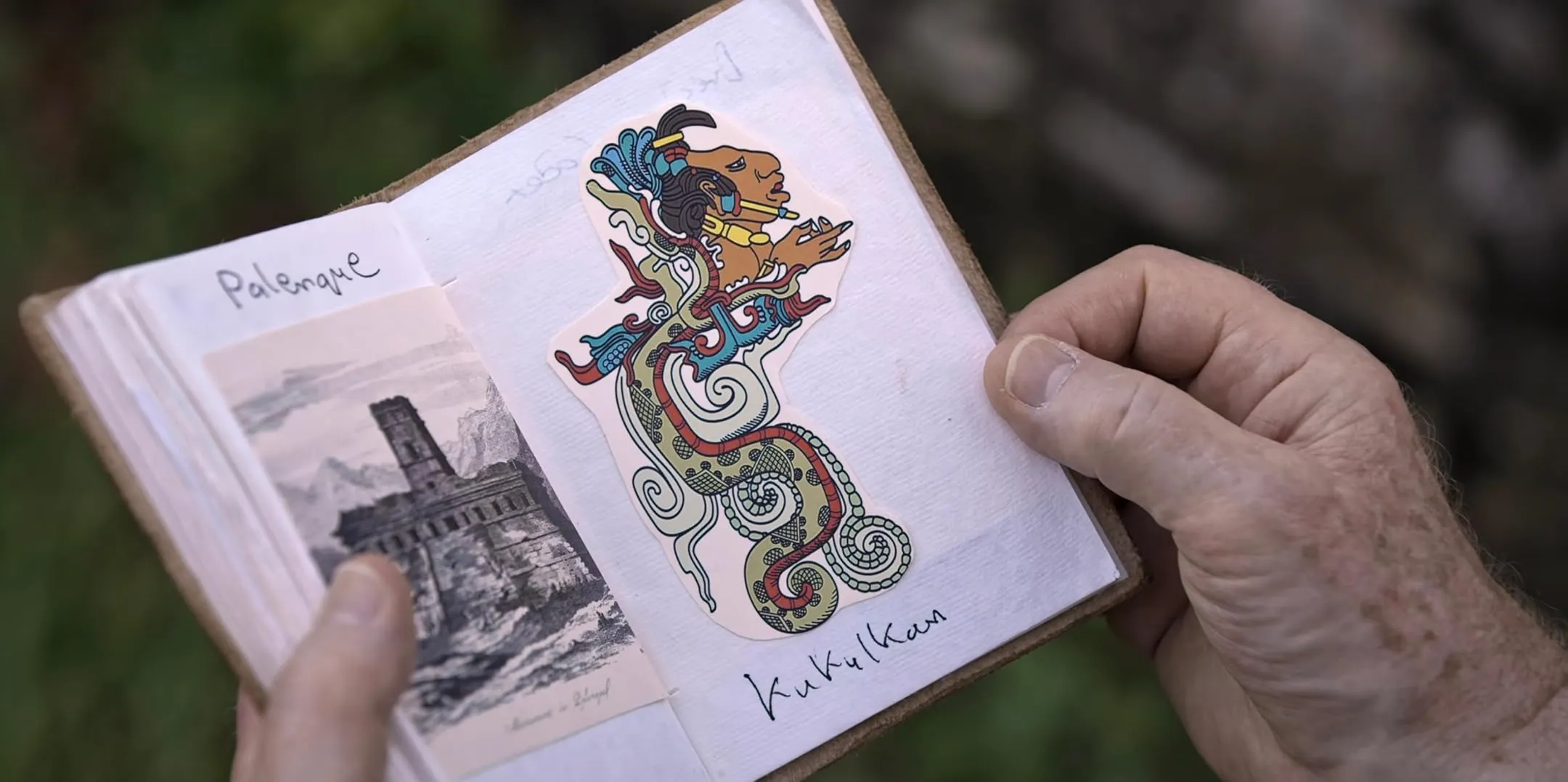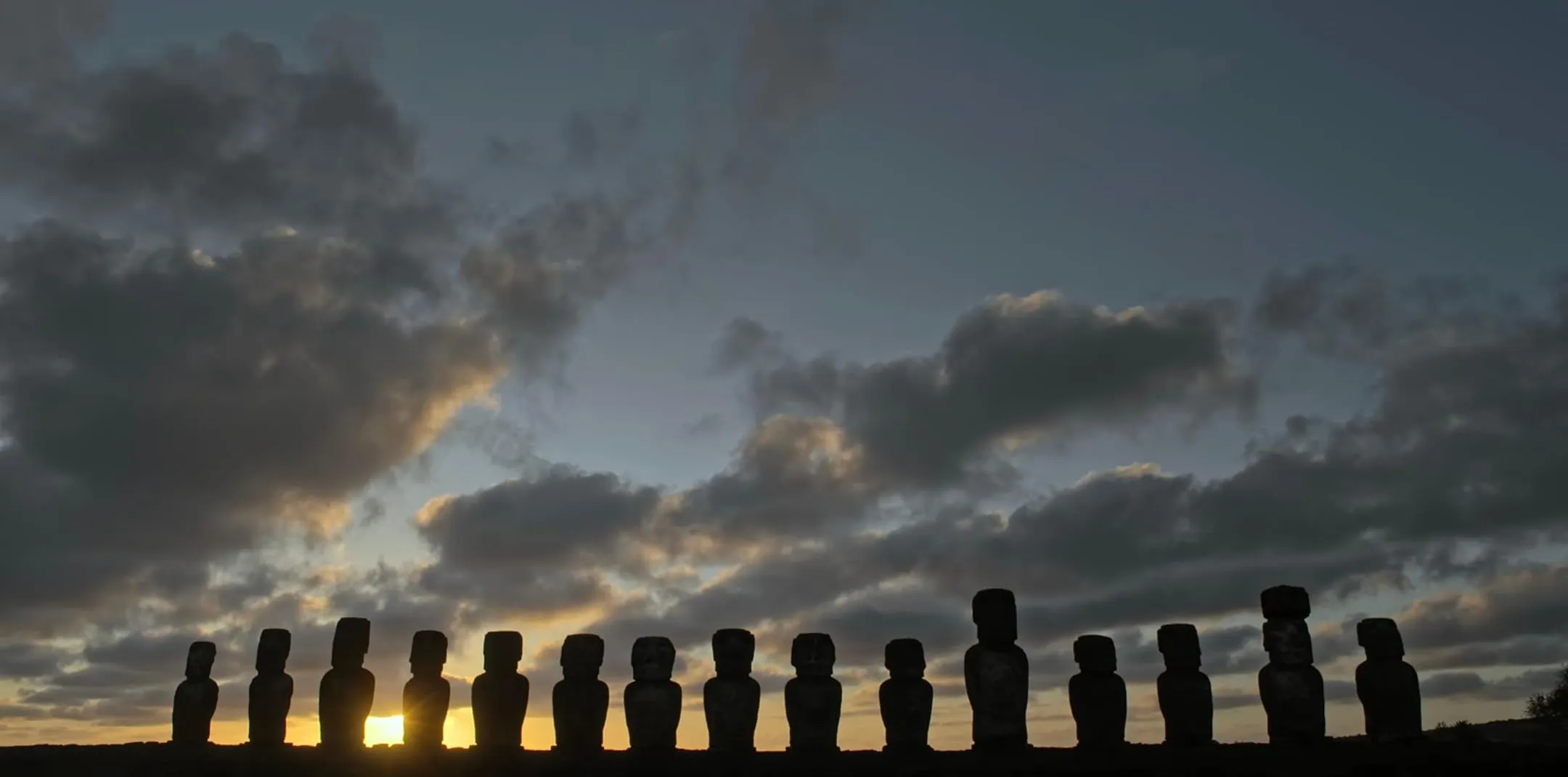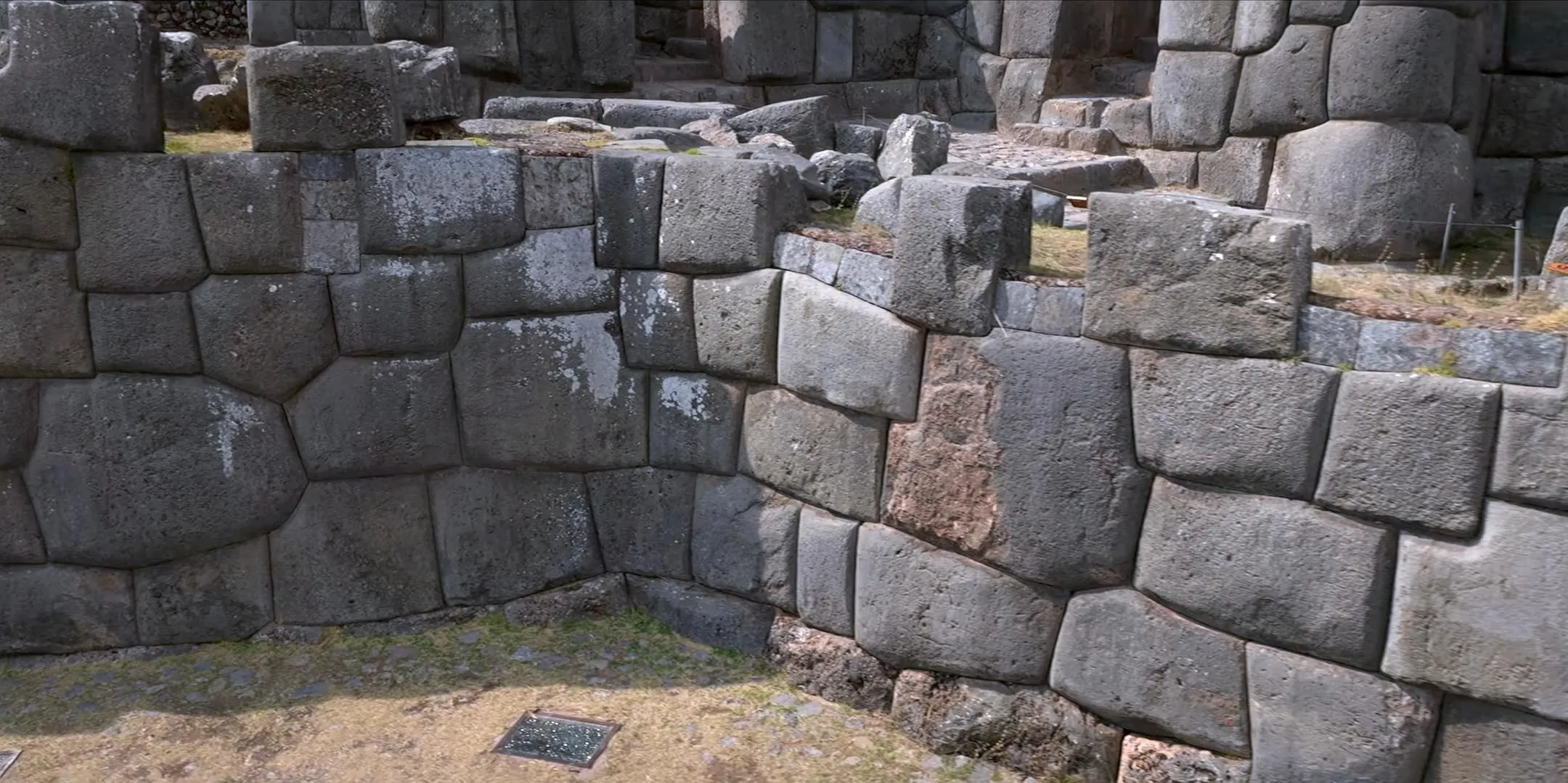Graham Hancock’s Netflix series Ancient Apocalypse takes viewers on a fascinating journey across the Americas, investigates intriguing archaeological finds, and presents ambitious theories about humanity’s distant past. Though it may raise more questions than answers at times, the show remains engrossing.
Over six hour-long episodes, Hancock travels from New Mexico to Brazil to Peru and beyond, sharing insights from both renowned researchers and fringe thinkers.
He aims to prove that advanced civilizations existed long before those officially acknowledged by history. Evidence uncovered—like the mysterious geoglyphs carved into Amazon earthworks or the enormous cyclopean stones forming Sacsayhuaman in Peru—certainly gives one pause.
Hancock argues humans roamed the Americas as far back as 23,000 years ago, contradicting many accepted timelines. While scientists debate the validity of his interpretations, the documentary thoughtfully examines their ongoing work. Keanu Reeves makes a brief but pleasant appearance, adding enthusiasm. Beautiful cinematography also brings each striking locale to life.
Though Hancock’s ambitious theories go well beyond proven facts, the series offers a glimpse at undiscovered mysteries with insight from knowledgeable guests. While his leaps of logic may convince only the open-minded, it gives interesting food for thought for casual viewers seeking entertaining glimpses into humanity’s intriguing past.
Exploring the Americas
Chapter 1: Following clues of early Americans, Hancock visits White Sands, where 23,000-year-old footprints were uncovered, far older than believed. He ponders geoglyphs in the Amazon, gigantic designs carved in earth visible only from above.
Chapter 2: At Serra do Paituna in Brazil, rock art dates back 25,000 years. Myths of past floods align with Hancock’s comet catastrophe theories. He expounds on Easter Island’s moai, though the island’s settlement occurred millennia after the proposed impact.
Chapter 3: Evidence of 3000-year-old bananas on Easter Island sparks debate around when people first lived there. Rongorongo tablets’ strange script may preserve a lost language, Hancock proposes.
Chapter 4: Hancock tours sites claimed to be built through vitrifying stone with extreme heat, though alternatives exist. Tracing legends, he links a Peruvian culture hero to Easter Island origins.
Chapter 5: Parallels between North and South American earthworks intrigue Hancock. He investigates architecture at Pueblo Bonito and Chaco Canyon, noting solar and lunar alignments.
Chapter 6: At Palenque, the Maya snake god Kukulkan’s astronomical tales emerge. Hancock scrutinizes the calendar, at times contradicting past views. The finale marvels at Yucatan’s architectural mysteries.
Rethinking Preconceived Notions
Hancock presents many thought-provoking insights throughout the Ancient Apocalypse. However, some ideas require closer scrutiny. For one, he often makes connections between distant cultures with scant evidence.
Linking the Amazon and Chaco Canyon is intriguing, but their inhabitants were separated by vast expanses, both temporal and geographic. Considered objectively, the parallel use of circles alone establishes little. A more restrained approach examining individual pieces, not grand puzzles connecting all, could strengthen his case.
Secondly, dismissing the accepted wisdom of archaeologists demands solid proof. Yet Hancock tends to fixate on remote possibilities over the prosaic. Why not seriously debate the specialists researching these sites daily, integrating multiple views? Collaborating constructively could resolve disputes, whereas attacks risk appearing disrespectful.
Lastly, incredulity that ancestors built skillfully rests on perceived limitations, not facts. People of all eras possessed intellect and initiative. Instead of insinuating innate incapacity, acknowledging indigenous ingenuity honors past communities’ true achievements. An open mind embracing alternative perspectives could re-evaluate outdated prejudices.
While ambition to uncover history’s hidden chapters is laudable, evidence, not assertion, should substantiate new theories. Acknowledging uncertainties and engaging other views more caringly might further knowledge for all. Perhaps rethinking preconceived constraints could help unlock mysterious doors to the past.
Finding Engagement in Unexpected Places
While critics find flaws in Hancock’s methods, Ancient Apocalypse holds value too. Its skilled filmmaking brings ruins and relics to stunning life, making prehistory more palpable.
Viewers see sophistication in ancestral stargazing, not simplistic primitivism. Indigenous rituals emphasize humanity’s age-old spiritual curiosity. Archaeologists’ patient work also features, helping balance speculation.
Facts mingle with fables to tell intriguing tales. Like history mysteries everywhere, loose threads invite amateur sleuthing. Casual audiences find enjoyment pondering puzzles, gaining perspective on lesser-known cultures through curiosity awakened.
Even doubters feeling nostalgia for lost worlds appreciate craftmanship revitalizing ancient places. Dissonance emerges, yet open eyes see nuance where dogma sits easily. Ultimately, more questions stir than stagnation, making dissenting discourse all the richer.
Differences aside, appreciation emerges for advances made towards illuminating obscured terrains. Where some see risk, others spot opportunity—and all find common ground seeking enlightenment, wherever light may lead.
Alternative Perspectives
Ancient Apocalypse features diverse guests offering viewpoints on Hancock’s theories. Keanu Reeves’ brief appearance brings interest, if lacking depth. His enthusiasm reflects many viewers’ wondering minds.
Scholars dedicating careers to sites share hard-earned knowledge, a bright point. Meticulous excavation reveals remnants of faded worlds, helping separate myth from reality. Though disagreement exists, archaeologists’ perspectives merit consideration over fringe notions.
Some contributors promote extraordinary claims. Vitrification advocates see supernatural acts where nature arguably suffices. Lack of proof allows imagination to fill blanks, yet extraordinary assertions demand extraordinary evidence. Academics patiently test ideas, recognizing humans jump to conclusions.
Open discussion best advances understanding, not attacks. While skepticism protects from deception, an open mind hears all. Reputable scientists and inductive reasoning more reliably guide toward accuracy than desires alone. Diverse cultures leave diverse legacies; comprehending them engages empathy over easy dismissal.
Ultimately, methodology, not personality or popularity, determines a claim’s merit. Though entertaining, some viewers may question arguments built on assumptions over ascertainable facts. But thoughtful analysis of all perspectives, not bias, most fairly reveals history’s complex, multifaceted truths.
Piecing Together the Past
While guests diligently reconstruct histories, Hancock eagerly jumps between eras. Correlations drawn between ancient Americas and obscure Mediterranean legends stretch credibility.
Noting parallels is intriguing, yet definite proof remains elusive for a singular prehistoric super-civilization. Individual mysteries, solved or not, better stand on their own intriguing merits.
Generalizations risk superficial similarities obscuring deeper cultural diversity. Infinite complexity existed in antiquity as now, undeducible to reductive formulas. Each legacy deserves focused understanding, not assimilation into preconceived puzzles.
Subtle hints amid ruins invite contemplation, but conjectures require corroborating evidence, not dismissal of contrary peers. If proof cannot cement new views, admitting uncertainty honors integrity over zeal.
Collaboration with open-minded specialists, not confrontation, moves disputed visions towards clarity. While questioning norms advances knowledge, consistency strengthens case-building more productively than persistence alone.
Hancock stimulates imaginings of histories unwritten. But separating facts from fanciful speculation serves curiosity best in the end.
Pieces of the Ancient Puzzle
While skepticism towards grand assertions proves wise, Hancock stimulates imagination with his intriguing glimpses into history’s obscure corners. Careful examination, not blind acceptance, appropriately meets extraordinary claims.
Archaeologists advancing knowledge receive well-earned praise, as do efforts preserving traditions. Perspectives on humanity’s shared past grow richer incorporating diverse views.
Casual watchers likely find enjoyment in Ancient Apocalypse’s mysterious worlds, but rigor requires scrutinizing sources. Solid facts, not imaginings alone, establish new understandings. For interested research, supplemental reading broadens viewpoints.
Overall, the series presents more questions than answers. But curiosity alone merits some credit, and open discussion from varying angles advances us all. Controversy aside, glimpses into humanity’s long intellectual journey and ancestors’ enduring spiritual inquisitiveness remain thought-provoking. Though proof eludes, wonderment for life’s enduring mysteries never fades.
The Review
Ancient Apocalypse Season 2
Ancient Apocalypse glimpses intriguing anomalies and stimulates imagination about the past; it struggles to establish firm proofs for grandest concepts. Presentation dazzles, yet argumentation falls short, coming across at times as advocacy over inquiry.
PROS
- Beautiful cinematography brings ruins and landscapes to life.
- Thought-provoking presentation of astronomical traditions
- Raises consideration of indigenous perspectives
- Features ongoing archaeological work
CONS
- Theories often overreach evidenced facts.
- Fails to substantiate lost civilization claim
- Dismissive of mainstream scholarship
- Logic jumps between sites separated by eras









































